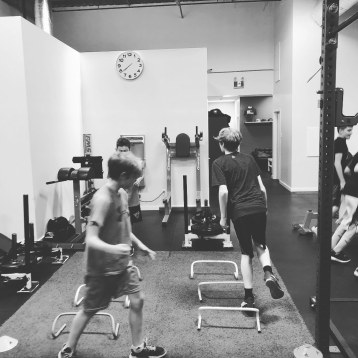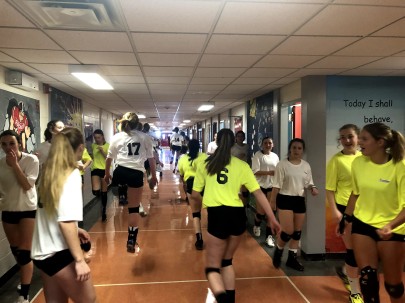When training for explosiveness in sports many people worry about their first step but really what you want to worry about is your first push. While what you are looking for is the same thing an explosive movement that will get you from A to B Quickly or to generate maximal power for jumping. While a sprint will generate power differently because they use blocks and athlete needs to generate power from a more upright and athletic position. So as an athlete you need to generate as much power from your back leg as possible. If you wait until your first step you are already too late, you will have to wait until your first step lands to generate power. However if you focus on your first push, the driving off comes quicker, you will get that power immediately and by extension increase the power that your first first step now generates. Look at he image below.

Look at both legs with both knees slightly bent the front and back leg will likely be equally distributed. To move the back leg you need to push off with it meaning that this is your first movement the “first push”. The most important thing is to remember that the movement will not change much but you are changing your focus and your cuing. You are not reinventing the wheel here you are just trying to find a better cue to maximize power and potential.





